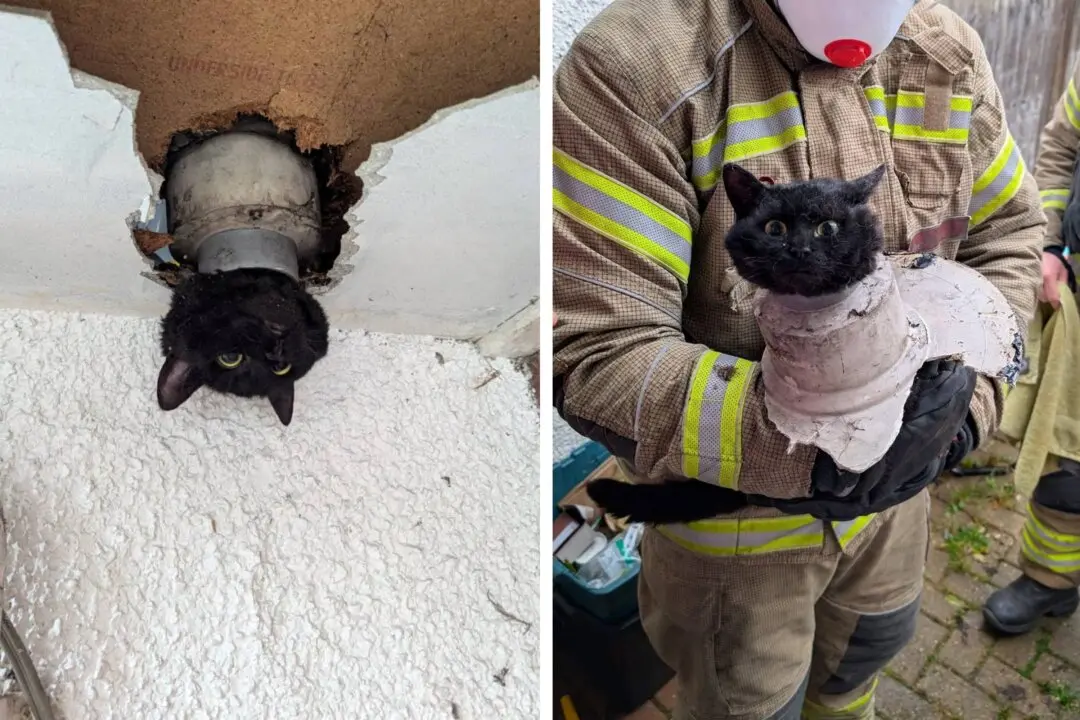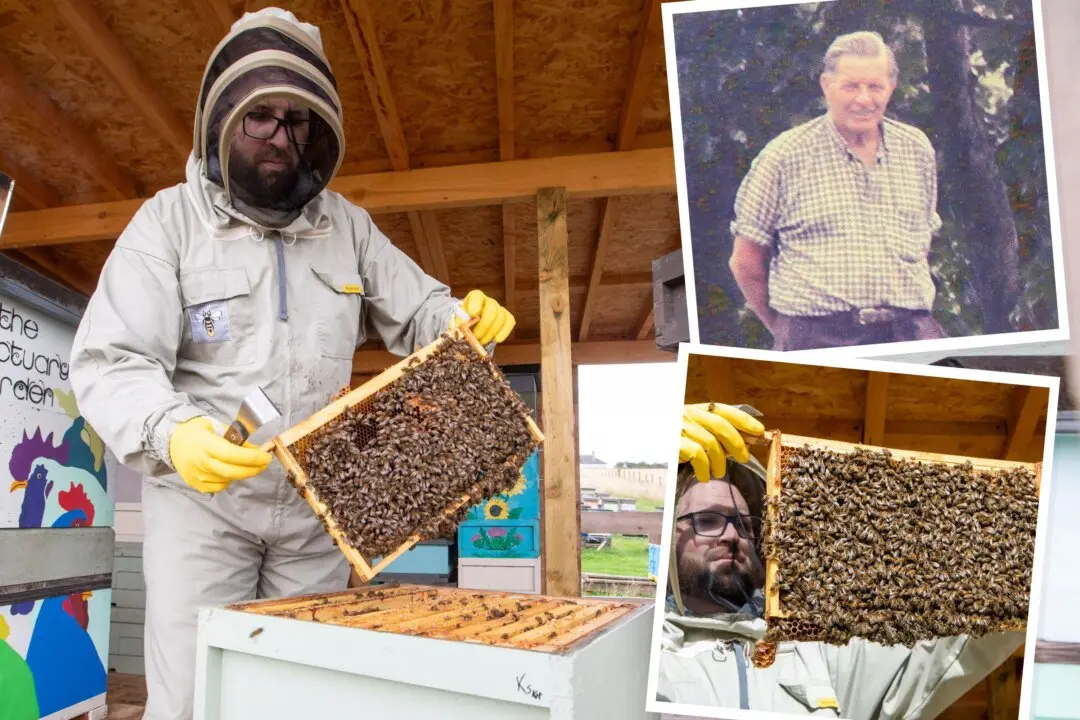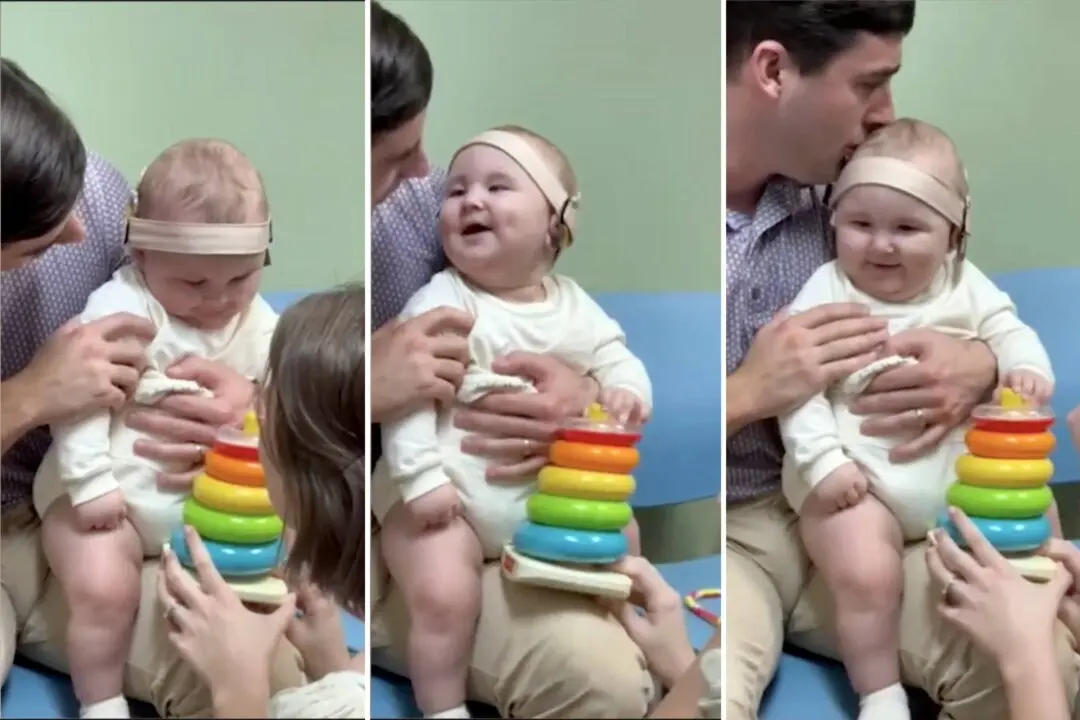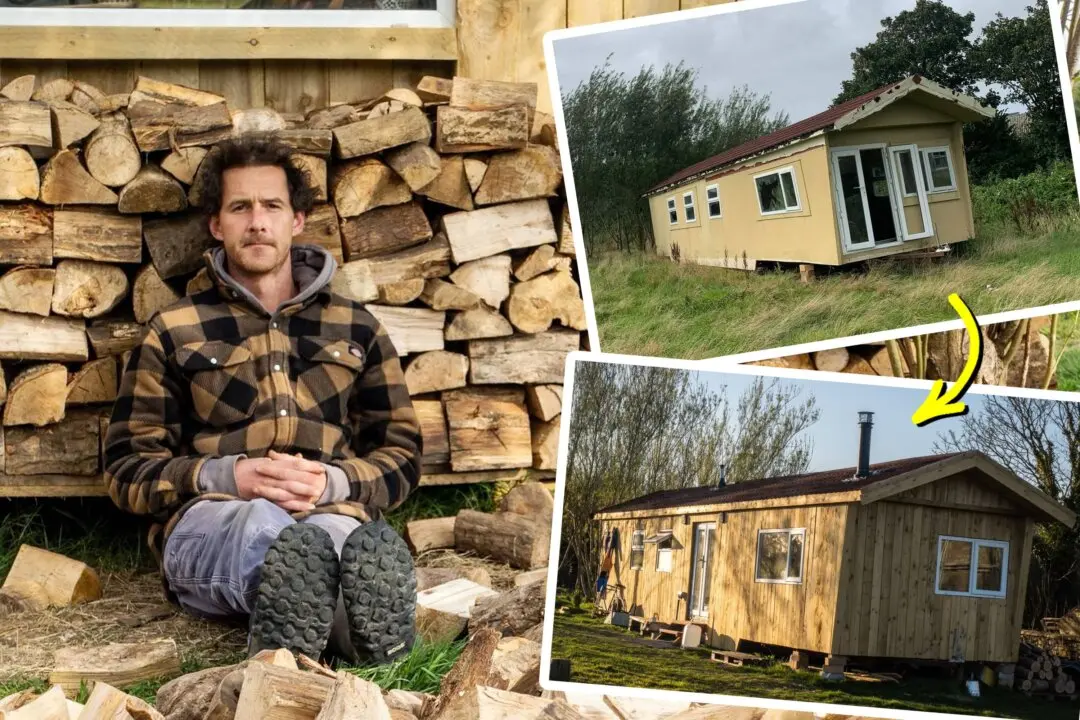Pictures show a time capsule shop that closed over 50 years ago—after its owner refused to go metric.
Elliott’s Store opened in 1902 and shut in 1971 after Frank Elliot, then 72, would not accept changes to the British currency.
Mr. Elliot closed the shop soon after decimalization arrived—but kept it exactly as it was from then until his death in 1995, aged 96.
Photos show the store still sporting brands and designs from the 1970s for products like Guinness, Rowntree’s, and Princes Salmon.
The shop in Saltash, Cornwall, is now a successful museum run by the Tamar Protection Society.


Gerry Sweets, 73, who helps run the museum alongside other volunteers and trustees, says it was a “unique” glimpse into life during the 20th century.
“The property is an amazing bit of social history. Frank lived in the shop with his family for almost his whole life—from 1902 to 1995,” Mr. Sweets said.
“It gives a rare glimpse into what life was like during the 20th century, when there was so much change.


“Frank was an older gentleman who had been taught to use the old-style weights and measures, and currency.
‘'So when the decimalization took place it was a big change that he refused to take part in.
“He didn’t wish to change, and many shop owners of a certain generation refused to change like him.

‘'They were, like many people, afraid of change and what it meant.
“It was very much a cultural issue, and everything was working fine as far as he was concerned. But perhaps he was not considering the bigger picture.
“He didn’t like bureaucracy, or the Town Council.
‘'He spent a long time fighting a battle against being charged business rates in the shop because he didn’t want to pay them.
“Even though he had closed, he kept his store stocked for decades, exactly as it is today, and as a result, the Council tried to charge him business rates for years until he beat them in court.

“Some of the items we have found in there are amazing though.
‘'Some are genuine historical treasures, things that we could not even identify until we researched them.”
Volunteers say despite the museum’s small size, it still faced the same scrutiny that a large museum such as the Victoria & Albert Museum in London would face.
“Museums in the UK have a one-size-fits-all approach, so we had to go through the same process that the V & A Museum in London would have,” Mr. Sweets said.
“It was very difficult and took a long time to understand because, unlike the V & A, we were not experienced staff—we were a small group of elderly volunteers with no idea what we were doing.
“In the end, we succeeded though on our first try, and today it is a fantastic museum.

“We are now trying to digitize everything, which is required as a museum, but hope that one day people will be able to access all of our archives online.
“We get so many visitors these days—many who are elderly who get to relive their youth through the long-lost brands and products you can see in the store.
“Young children are also always amazed to see all the old products and posters, it’s such a different experience for them—because they’ve grown up in a generation that has only really shopped in supermarkets.
“We are glad that we’ve been able to fulfill Frank’s dream though and make it a museum—but we are always looking for new volunteers to help keep it going.”







